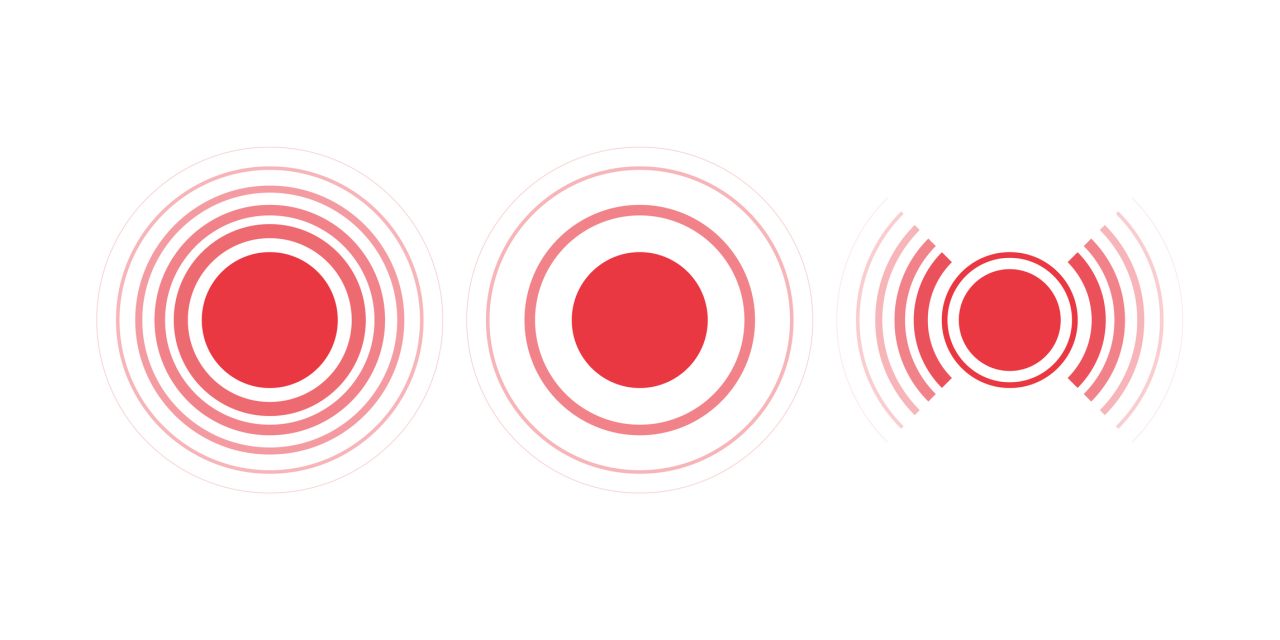Antigen cross-presentation to cytotoxic CD8 T cells is crucial for the induction of anti-tumor and anti-viral immune responses. Recently, co-encapsulation of photosensitizers and antigens into microspheres and subsequent photochemical internalization (PCI) of antigens in antigen presenting cells has emerged as a promising new strategy for inducing antigen-specific CD8 T cell responses in vitro and in vivo. However, the exact cellular mechanisms have hardly been investigated in vivo, i.e., which cell types take up antigen-loaded microspheres at the site of injection, or in which secondary lymphoid organ does T cell priming occur? We used spray-dried poly(lactic-co-glycolic acid) (PLGA) microspheres loaded with ovalbumin and the photosensitizer tetraphenyl chlorine disulfonate (TPCS) to investigate these processes in vivo. Intravital microscopy and flow cytometric analysis of the murine ear skin revealed that dendritic cells (DCs) take up PLGA microspheres in peripheral tissues. Illumination then caused photoactivation of TPCS and induced local tissue inflammation that enhanced CCR7-dependent migration of microsphere-containing DCs to tissue-draining lymph nodes (LNs), i.e., the site of CD8 T cell priming. The results contribute to a better understanding of the functional mechanism of PCI-mediated vaccination and highlight the importance of an active transport of vaccine microspheres by antigen presenting cells to draining LNs.
Photochemical internalization (PCI)-mediated activation of CD8 T cells involves antigen uptake and CCR7-mediated transport by migratory dendritic cells to draining lymph nodes.


